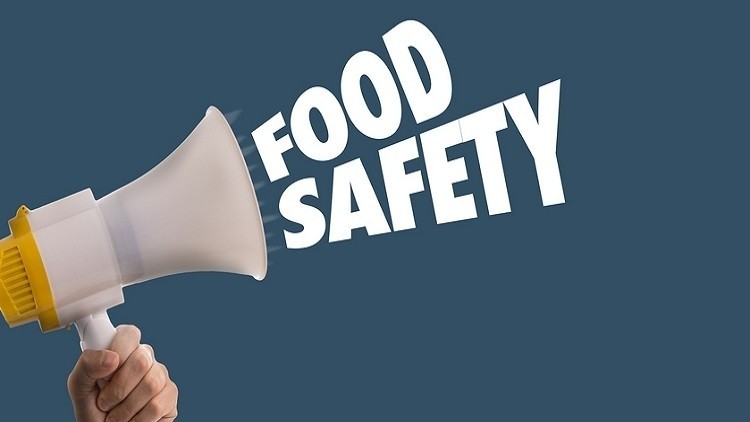Digital and physical: Why food packaging developments can combat India’s adulteration woes

The Authentication Solution Providers’ Association is a non-profit organisation with a focus on the adoption of best practices, standards and the use of advanced technology to provide effective physical and digital authentication solutions, many of which are focused on the food and beverage industry.
ASPA is a ‘firm believer’ that food packaging can play an ‘essential role’ in improving the adulteration situation in India.
“Secured packaging which is difficult to replicate is one of the key tools which can deter counterfeiting of products,” ASPA President Nakul Pasricha told FoodNavigator-Asia.
“With the increase in the retail sector, changing lifestyle, convenience, and healthier food options, packaged food in India is growing on a year to year basis, so is the increasing demand for secured packaging.”
Responding to queries on the seriousness of food adulteration in India as compared to global rates, he declined to make comparisons but said that “Food adulteration is a big menace worldwide, and the situation is no different in India.”
That said, he acknowledged that local news on adulteration was ‘alarming’, with large numbers of fake/counterfeit products across food categories from spice to edible oil.
“According to ASPA findings, counterfeiting incidents in the country rose by 15% in the year 2019 compared to 2018 (for the period January – October), with food and beverage amongst the top five sectors [reporting] maximum counterfeit incidents,” he said.
He cited various challenges facing the country’s whole food supply chain system including infrastructure, transportation, awareness, corruption and more.
“At least ten states in India are unequipped to ensure food safety, owing to scarcity of staff and food testing laboratory infrastructure,” he added.
Pasricha also summarised ASPA members’ packaging solutions to tackle these as currently being spread across three main areas, with the intersection of both physical and digital authentication solutions emphasised as being key for the F&B industry to reduce food adulteration occurrences.
“[Major] authentication solutions our member companies [look at] cover the three main aspects of Anti-counterfeiting, Anti-tampering and Track and trace to prevent adulteration and provide brand protection as well as regulatory serialisation,” said Pasricha.
“Many popular brands like Amul, Mother Dairy, Patanjali and so on are using solutions including UV protected films, color-changing films, holographic films and more [to reduce the chances of] adulteration of their products.
“Digital solutions have eased consumer engagement, which is very important in authentication. Apps and handsets technologies are now arriving that can spot counterfeit goods at the point of purchase.
“[As for physical solutions], these can be used at primary and secondary packaging level to prevent risk of tampering. Any package can be breeched, but tamper-evident features cannot easily be replaced.”
These tamper-evident features include banding, special membranes, breakaway closures, and special printing on bottle liners or composite cans such as graphics or text that irreversibly change upon opening.
“There is no comparison [between physical and digital solutions]. It is all about integration,” Pasricha said.
Growth for the anti-counterfeiting, brand protection, and security packaging technology global market is expected to grow at a CAGR of 5.3% from 2017 to 2022 to reach US$3.65bn.
Anti-counterfeiting labels
The use of anti-counterfeiting labels in tamper-proof packaging was also highlighted as an important consideration – these labels exist under different names in different sectors worldwide.
“For example, in liquor, these are known as Tax Stamps [and will be on the mouth of the bottles], whereas in medication in the EU this is [found as a 2D barcode] on the outer packaging of medicines with a unique identifier,” said Pasricha.
“The aim is to ensure that the product & its packaging is not altered, replaced or reused before reaching end consumers.
“These labels can be customised with overt, covert and forensic features which makes them extremely difficult to replicate - The worldwide need for anti-counterfeiting labels for food is substantial.”






















